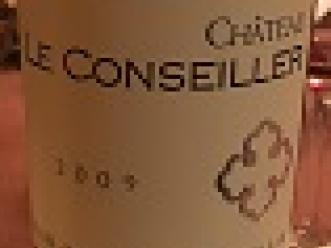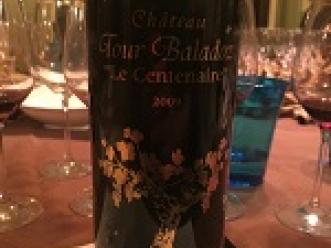Wines to Go Buy This Week: A Crisp Summer White Blend by Chateau Bonnet and a Complex Napa Cabernet by Clark-Claudon Vineyards Labor Day weekend is here and people across the US are gathering to toast the end of summer. As Labor Day marks the tipping point between hot summer nights and cool autumn evenings, my wine recommendations this week will focus on both a cool, refreshing summer sauvignon blanc to savor on these last days of summer and a full bodied Napa cabernet for those upcoming autumn evenings by the fireplace. So as we say farewell to summer 2011, here are two wines to go buy this week: Chateau Bonnett Entre-Deux-Mers Sauvignon Blanc Semillon Muscadelle Andre Lurton, 2010 - Now say that 5 times fast! A quick lesson for those of you who are unfamiliar with French wine: The French label their wines slightly different than we do in the US as they emphasize the place more so than the grape varietal or the producer. In this case, the vineyards and winery are located at Chateau Bonnet, the region is the Entre-Deux-Mers appellation of Bordeaux, the grapes are a blend of sauvignon blanc, semillon, and muscadelle, and the producer is André Lurton, whose family has presided over the vineyards for over 100 years. White Bordeaux is almost always a blend of primarily semillon and sauvignon blanc, with a few other varietals permitted. So why do I like this wine? It's light, crisp, low in alcohol (12%) and at approx $15 a bottle, a fantastic way to introduce yourself to a white bordeaux without breaking the bank. This wine is ideal for a warm end-of-summer picnic that calls for a cool refreshing beverage.









